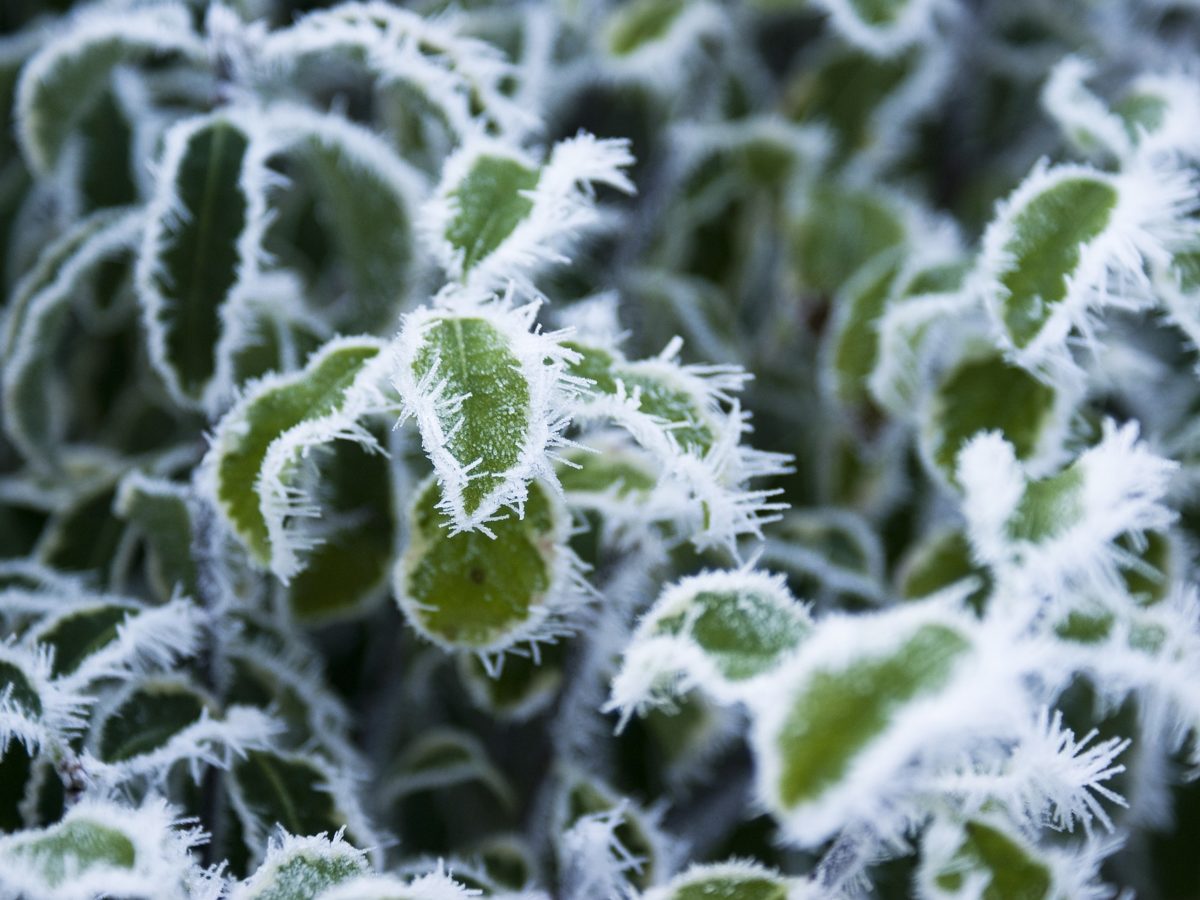Everyone know that plants that experience too extreme of temperatures can die. Both temperatures too hot or cold can be dangerous for plants. What’s not as well known, is that even indoors temperature can adversely effect your plant.
While a few degrees may not outright kill your plant, it could kill off some its beauty or increase the time it takes to flower or be ready for harvest. If you’re planning to start and indoor garden take a few minutes to familiarize yourself with proper temperatures to ensure healthy, strong plants.

General Guidelines
All plants are different and have a different ideal temperatures. They’re also going to respond differently to temperature swings, some plants are much more hardy than others. It’s therefore important to understand the types of plants you’re going to be growing. A tropical plant has different needs than a subtropical one in terms of temperature.
That said, there are a couple of guidelines to keep in mind that will apply to the vast majority of indoor plants.
-
Look Out For Temperature Swings: Most plants, even hardy ones, dislike large swings in temperatures. Keep your plants away from sources of heat or warmth, and mind that the temperature changes aren’t too drastic. Usually anything more than a 10°F difference can cause problems.
-
Ideal Temperatures 65-70°F: Most plants will grow comfortably in this range. Further, most plants enjoy a slight dip of 5-10°F at night. This temperature range is pretty typical of a home, but be careful not to leave a plant in a poorly temperature controlled room like an attic or garage.
-
Keep Extreme Temperatures To a Minimum: While it’s best to avoid, most plants can survive for some time on either extreme of the temperature spectrum. If you must expose your plant to less than ideal temperatures do your best to keep it to a minimum. While leaving a plant in a cold garage overnight likely won’t kill it, doing so frequently or for long periods will cause growth problems.
-
Be Mindful of Humidity Levels: This is especially true in the winter when the air is more dry. This also becomes an issue when the temperature starts to push over 80°F. If that’s the case, giving your plants a light misting each day can be helpful to prevent them drying out.
These are all good things to keep in mind, but always do a bit of research on your specific plant. A cactus is going to need a different environment than a hardy herb like chives.
Signs Of Temperature Damage
One of the big problems with appropriately diagnosing temperature issues is that many of the symptoms could very easily have other causes.
For example, one of the most common issues of it being too cold is browning, curling, and falling off leaves. This however, could also be a case of under-watering.
Your best bet is to ensure a proper environment from the start. Most homes won’t have a problem with this as temperature is one of the more easily controlled variables when growing indoors. Luckily, it’s also pretty easy to determine whether the temperature is potentially playing a role in your plants health issues.
To round it out, a few other symptoms of poor temperature are:
- Slow or stunted growth.
- Flowers not blooming, or blooming very poorly.
- Edges of leaves being to brown or wilt.
Common Pitfalls
With all that in mind, here are a couple of common pitfalls that beginning gardens can fall into.
-
Poorly Insulated Windows: One of the biggest issues, especially during the winter, is poorly insulated windows that are drafty. This can create large temperature differences near the window, and consequently any plants nearby. If you live in a seasonal area, these temperature swings can adversely effect your plants.
-
Close Proximity To Heating Fixtures: This could include things like a heating vent or other types of heating units. Having a plant too close to one of these can expose it to higher than normal temperatures and substantial swings. While the overall temperature of a room might be set, the temperature near the source of heat can be many degrees higher.
-
Right Next To The Air Conditioner: The inverse of above, being too close to a source of cold air like an air conditioner can also cause issues.
-
Poorly Temperature Controlled Rooms: We all know that one place in the house that just can’t stay the correct temperature. These types of areas cause problems for plants as the temperature difference can be sometimes be large. If you’re growing plants in a room that is typically colder or warmer than the rest of the house take care to note how much of a difference it is to ensure it stays within ideal range for your plants.
While temperature is a fairly easy variable to get right it is no less important. Providing a healthy environment for your plant to grow will ensure that it grows up healthy and strong, and any sort of fruits, flowers, or otherwise it bears will follow suit!
Going hand in hand with temperature is humidity. Check out our guide to that here!







